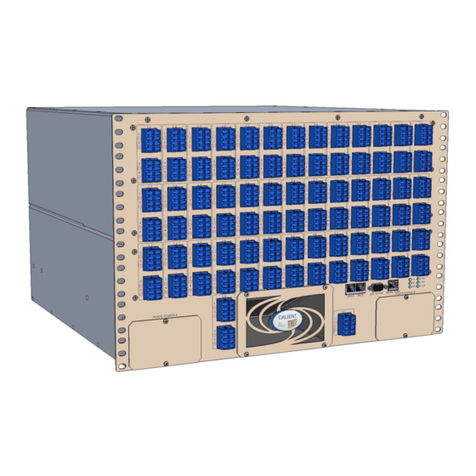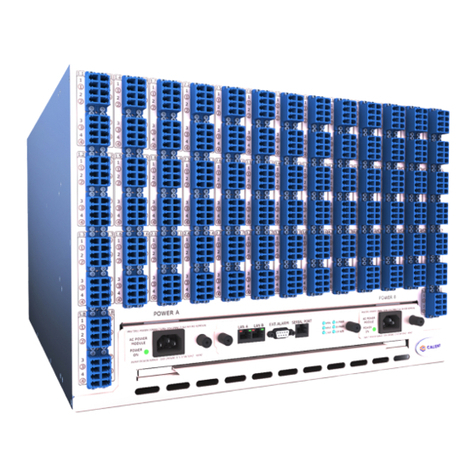
S320 OCS Hardware User Guide
Page 5 of 46
4UNPACKING THE S320 OCS ..................................................................................................... 30
4.1 Personnel Required........................................................................................................... 30
4.2 Tools Needed for Unpacking............................................................................................. 30
4.3 Unpacking the S320 OCS................................................................................................... 30
4.4 Contents Inventory ........................................................................................................... 31
4.4.1 Missing or Damaged Contents................................................................................. 32
4.4.2 Unlocking the S320 OCS........................................................................................... 32
4.4.3 Environmental Requirements .................................................................................. 33
5HARDWARE INSTALLATION..................................................................................................... 34
5.1 Overview ........................................................................................................................... 34
5.1.1 General Requirements ............................................................................................. 34
5.1.2 Safety Requirements................................................................................................ 35
5.1.3 Required Tools ......................................................................................................... 35
5.1.4 Installing the S320 OCS in a Rack ............................................................................. 36
5.2 Connecting Communication Interfaces ............................................................................ 36
5.2.1 Connecting the Serial Cable ..................................................................................... 36
5.2.1.1 Serial Port Pinouts ......................................................................................... 37
5.2.1.2 Connection Procedure .................................................................................. 38
5.2.2 Connecting Ethernet ................................................................................................ 39
5.3 Power Connections ........................................................................................................... 39
5.3.1 Connecting an External Power Supply ..................................................................... 39
ASYSTEM SPECIFICATIONS......................................................................................................... 42
A.1 Regulatory Compliance..................................................................................................... 42
A.1.1 Safety ....................................................................................................................... 42
A.1.2 Electromagnetic Compatibility (EMC)...................................................................... 42
A.1.3 Environmental.......................................................................................................... 42
A.2 Reliability, Accessibility and Serviceability (RAS).............................................................. 43
A.2.1 Reliability.................................................................................................................. 43
A.2.2 Accessibility and Serviceability ................................................................................ 43































